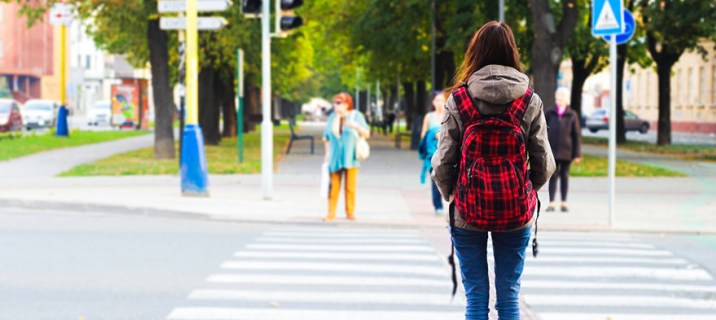Any educator can tell you that the classroom is not a one size fits all model. While we work endlessly to ensure that our classroom cultures are safe and welcoming and do our best to prepare these plans before the school year even begins, students come into the class and make it their own. Even with teaching multiple sections of the same grade and subject, every period’s needs vary based on the students that make up that learning community.
I’m fortunate enough to work at a school that is extremely intentional behind its discipline system and uses best practices when ensuring that students are best served in the classroom. Teachers are always learning and our most recent professional development opportunity allowed us to reflect and polish our skill sets around discipline. We used Ross Greene’s Lost at School text as the theoretical foundation for our practices, and I found it a helpful resource for all educators. The following are some best practices to highlight when thinking through effective discipline systems for classrooms and schools:
Practice empathy.
As teachers, we love to talk and communicate with students. However, when practicing discipline in the classroom, it’s important that we let the students do the talking. Students are aware of what isn’t working for them in the classroom and should feel safe and comfortable sharing this. When engaging in conversations around discipline, teachers should avoid filling the silence with their own ideas. Let’s take a moment to listen to the perspectives of our students.
Communicate high expectations.
After letting the student share their perspective, remind them of the high expectations set within the classroom and most importantly, the reasoning behind each of them. Our classroom routines and practices should be intentional, and this offers us the space to reflect on whether or not these are serving students.
Focus on working as a team.
Any conversation around discipline should end with an invitation for the student and the teacher to work as a team. The student should know that the teacher is his/her support system and feel confident that he/she can meet the expectations set. This part of the conversation involves working as a team to come up with solutions that both the student and the teacher are comfortable with.
Discipline systems all over the U.S. are broken and require researching best practices to better support students. The identities and needs of our students are constantly changing, and it’s important that as educators, we do our portion of the learning and work to improve the classroom conditions for our students.
Daniela Felix
Latest posts by Daniela Felix (see all)
- The Importance of Mid Year Data for Teachers, Students, and Families - December 18, 2019
- Las Familias Deben Participar en la Mejora de los Resultados de las Pruebas SBAC de California - December 10, 2019
- La Guia de los Aprendices de Inglés de California es un Recurso Útil para los Maestros - December 4, 2019
- California’s English Learner Roadmap Is a Helpful Resource for Teachers - December 2, 2019
- Families Need To Be Involved in Improving California’s SBAC Test Results - November 27, 2019

